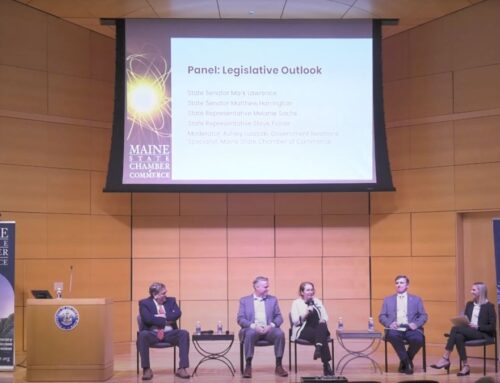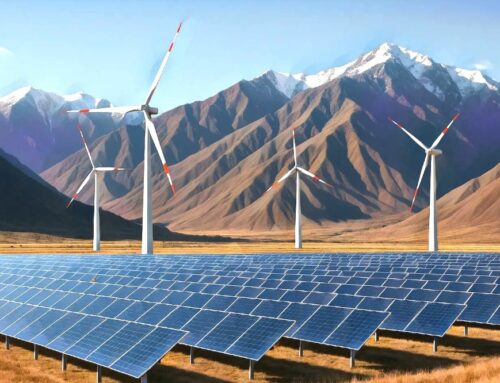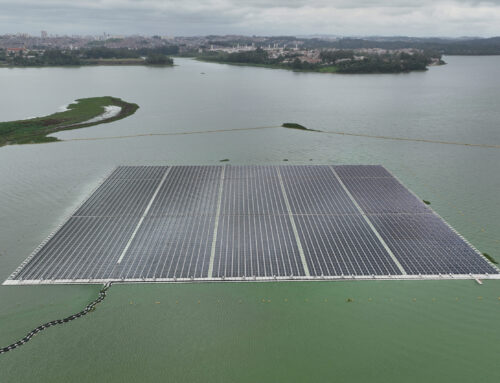CNE Registers 528,000 DG Requests
November 28, 2025
Mexico’s National Energy Commission (CNE) released new data on interconnection requests for small-scale and distributed generation plants during 1H25, highlighting continued growth in on-site power production and a sharp expansion of solar photovoltaic systems across the country. The report includes both Small and Medium-Scale Generation (SIPyME) projects under 0.7MW and Distributed Generation (DG), which has become the dominant segment in Mexico’s decentralized energy landscape.
According to CNE figures, Mexico has received 558,617 interconnection requests between 2007 and June 2025, representing 4,759MW of cumulative capacity. DG accounts for 95% of all requests, reflecting the rapid adoption of rooftop and on-site solar among households, commercial users, and industrial facilities. SIPyME projects make up only 5% of total applications.
The commission noted that 288 duplicate records were removed from the updated database, and the accumulated number of requests includes 290 cancellations. It also clarified that historical data transferred from the former CRE, which operated as the permitting authority until its dissolution, is now listed as interconnection “requests” rather than “contracts,” following CFE’s current categorization.
State-level data shows that Jalisco remains the epicenter of DG adoption, with 90,004 requests totaling 665MW. Nuevo Leon follows with 60,658 requests and 461MW, and Chihuahua ranks third with 44,634 requests and 338MW. Other states with high participation include Guanajuato, Michoacan, Coahuila, and Yucatan, reflecting a broadening geographic distribution as adoption expands beyond early-leading regions.
The average capacity per request stands at 9.77KW, while the average capacity per state is 140MW, underscoring the small-scale nature of most systems. Most projects operate under the net-metering scheme, although net-billing and total-sale arrangements are also present.
CNE emphasized that the figures confirm a sustained expansion of DG across Mexico. The model has become increasingly attractive to users facing high electricity tariffs, grid constraints, and uncertainty in the permitting environment for utility-scale renewable energy. DG allows users to generate their own energy while remaining interconnected to the national grid, a structure that has persisted through recent regulatory shifts that tightened conditions for larger private generation projects.
The new report also highlights the dramatic growth of distributed generation over the past eight years. Interconnection requests surged from 29,784 in 2017 to 528,499 in 2025, an increase of more than 1,700% following years of regulatory incentives, improved technology costs, and rising consumer interest. The expansion was also influenced by changes to the Electricity Industry Law beginning in 2021, which centralized grid-planning authority under CFE and made distributed solar one of the few segments with relative regulatory clarity.
In terms of accumulated capacity, DG grew from 213MW in 2017 to 4,504MW in 2025, a 2,000% increase. SIPyME requests, however, have stagnated at 29,556 since 2017, as successive regulatory modifications created uncertainty for medium-scale projects that connect under stricter technical and operational requirements.
At the regional level, the western region leads with an average 232.83MW of capacity per state, followed by the North-Bajio region with 164.21MW. These areas reflect concentrated industrial activity and high solar resource availability, conditions that have accelerated adoption.
The energy matrix represented in the interconnection dataset remains overwhelmingly solar, as 528,234 requests correspond to solar photovoltaic systems. Other technologies remain marginal, including 73 biogas systems, 25 biomass projects, eight cogeneration systems, 139 small wind turbines, nine gas-turbine systems, seven internal-combustion generators, and four micro-hydraulic turbines. The total estimated investment from all requests amounts to US$11.579 billion.
Mexico’s DG growth comes amid broader changes in the national electricity sector. The federal government has signaled that DG will remain an important component of its strategy to alleviate pressure on a strained transmission network and enable incremental additions of clean energy capacity while utility-scale permitting remains limited. As electricity demand continues to rise, especially in industrial corridors tied to nearshoring, distributed systems have become part of the solution for managing local reliability and reducing peak-hour stress on the grid.
Search
RECENT PRESS RELEASES
Related Post




